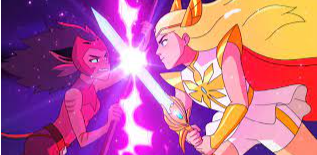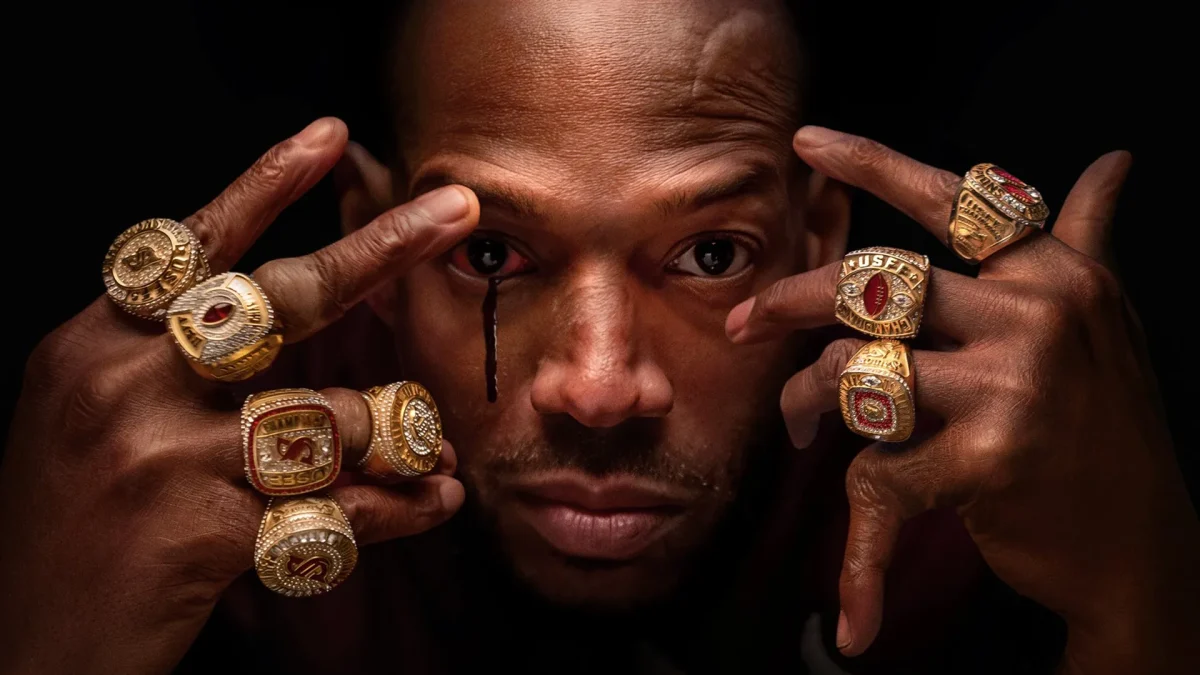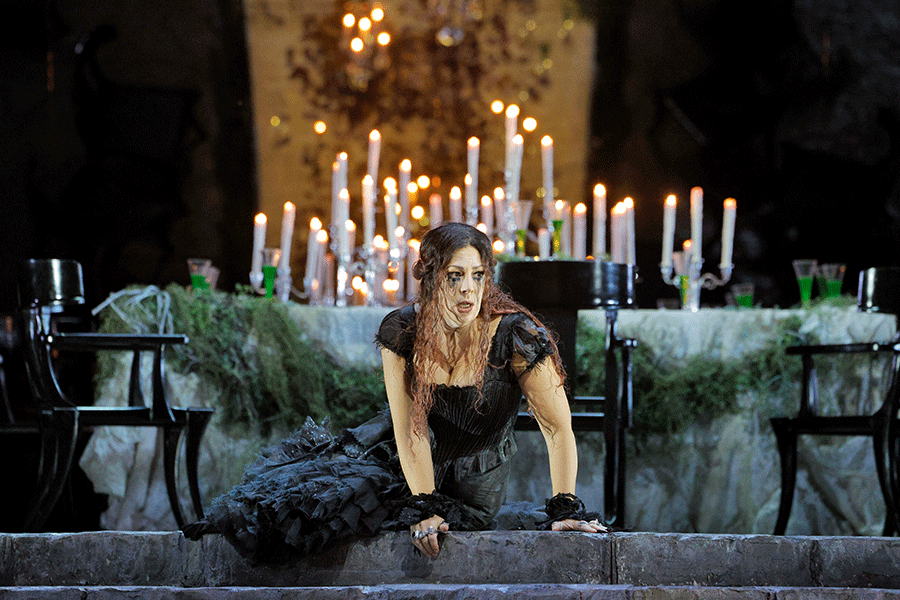The most difficult thing about writing this article is that I have to give my brother credit for something. We siblings hate that.
Three years ago, he and I had a routine of watching an episode of a TV show together every morning. One day, when it was his turn to choose the episode, he chose the pilot episode of a show we’d seen around on Netflix: “She-Ra and the Princesses of Power”. I’d been hesitant about trying a new show in the past, but my brother had convinced me to give it a shot. That means he’s the reason that by the time that first episode ended, I was enraptured. I had taken the glimmering golden pill and raced down the rabbit hole. And if you give the show a try, so will you.
She-Ra and the Princesses of Power (often abbreviated to SPOP by fans) is a reboot of Mattel’s 1984 She-Ra, Princess of Power. SPOP ran from 2018 until 2020, and its five seasons can be found on Netflix to this day. The show tells the tale of Adora, a girl raised by the malign Evil Horde, who defects to the heroic Princess Alliance after discovering her destiny as the magical warrior She-Ra. Even three years since the last season dropped, She-Ra maintains a devout fan base, including some Niles North students, who have all written parodies of Hamilton’s You’ll Be Back about the series because that’s how much they love it. (What? Just me? Well…poop.) And–doing my best to keep this review spoiler-free–I think I can think of three major pillars of its appeal.
1: Excellent Writing
She-Ra and the Princesses of Power is one of the most well-written cartoons I’ve ever watched–animated highbrow drama. The show pays scrupulous attention to its plot line, and entire YouTube videos have been devoted to standout elements of the story and its themes. SPOP’s story is a five-season crescendo to the glorious finale episode, full of unforgettable moments you’ll never see coming beforehand–or forget afterwards. It’s also a feels supermarket, with something for everyone–inspiring speeches, heartrending acts of loss, chilling (or electrifying) villain moments, and comedic gold. People should be legally mandated to own T-shirts with some lines from the series: “Your imperfections are beautiful!” “You deserve love too!” “Glimmer! I think I killed the bed!”
2: Compelling Characters
Right off the bat, it would be a sin not to mention the vast and wondrous inclusivity of SPOP’s world. On the planet Etheria, the show’s primary setting, women occupy many positions of political and military power (all the Princesses who lead the self-named Alliance are female). Black men can marry and raise a family together while devoting their lives to the study of history. Even the bad guys respect a non-binary person’s pronouns. Perhaps GSA member and She-Ra devotee junior Echo Weinstein put it best: “I like that it’s gay.”
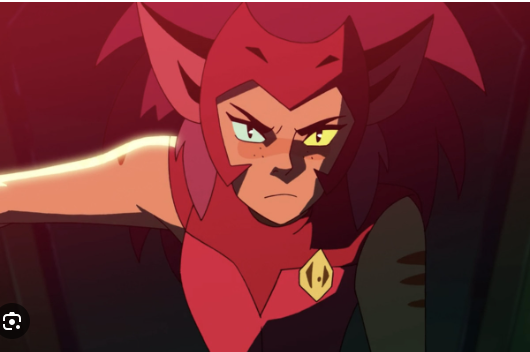
But just as important is that unlike its predecessor, SPOP is a character-driven show, fueled by the emotional challenges of heroes and villains alike. Adora and Catra, though bitter frenemies, both struggle with their own value–Adora desperately tries to be good enough as She-Ra, while Catra’s need to prove herself to her Horde superiors drags her ever deeper into the fascinatingly murky swamp of villainy. Even Hordak, the Horde’s head honcho and outwardly a very traditional supervillain, struggles with inadequacy issues. Echo Weinstein tells me, “I like how all of the characters are very unique, and each have their own different dynamics in their relationships–romantic, platonic, [and] otherwise”.
3: Beautiful Artwork
Some episodes of SPOP take place in locations like a desolate dead and a sterile cross between the Death Star and a cult compound. The planet Etheria, however, is the stage on which the lion-woman’s share of this powerful drama plays out, and the set design is a class act. The opening shot of the series shows us a 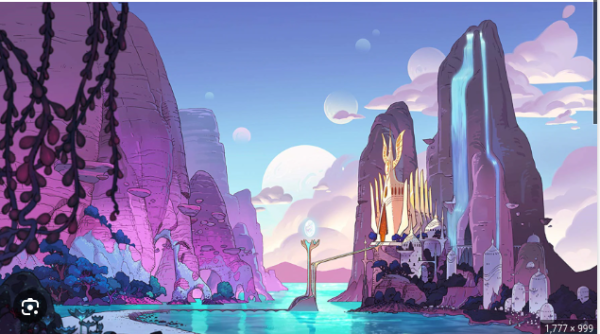 gentle, Earth-like planet, before zooming in on a field of soft flowers waving in the wind against a gentle pink sky. To watch the show is to teleport gracefully from one impressive locale to the next–the smoke-choked, industrial Fright Zone where the Horde makes its base; the barren, sun-stricken deserts of the Crimson Waste; the pastel halls of Bright Moon Castle, where Adora, Bow, and Glimmer make their home. Each location is not only visually remarkable, but also serves a narrative function, implying something about its residents–the Fright Zone, for example, is ugly and inhospitable, like the Horde, who live there.
gentle, Earth-like planet, before zooming in on a field of soft flowers waving in the wind against a gentle pink sky. To watch the show is to teleport gracefully from one impressive locale to the next–the smoke-choked, industrial Fright Zone where the Horde makes its base; the barren, sun-stricken deserts of the Crimson Waste; the pastel halls of Bright Moon Castle, where Adora, Bow, and Glimmer make their home. Each location is not only visually remarkable, but also serves a narrative function, implying something about its residents–the Fright Zone, for example, is ugly and inhospitable, like the Horde, who live there.
Addendum
I should warn you that She-Ra and the Princesses of Power isn’t universally well-loved. One queer relationship in the show (I can’t tell you between whom) has been criticized for the fact that the characters involved didn’t get together until the end of the show. To be fair, queer relationships in other cartoons have done otherwise; Disney’s The Owl House follows characters Luz and Amity as they fall in love and their relationship develops over time. This criticism, though, is not shared by all fans of She-Ra, including many LGBTQ+ watchers. (SPOP executive producer ND Stevenson, who identified as a lesbian while working on the show and has since come out as bigender and transmasculine, intended that relationship as a slow-burn, will-they-won’t-they romance, which are present in his other writing.) Meanwhile, Weinstein, who’s on the autism spectrum, finds the show’s treatment of the autistic character Entrapta to be ableist. (As an autistic person myself, I haven’t really taken issue with Entrapta, but I see where Echo is coming from.)
But my argument here isn’t meant to be that She-Ra is perfect, but that it’s enjoyable. Any TV show–any story, period–will have flaws, and noticing them is half the battle. But I personally believe that just deciding that one part of SPOP makes it unworthy of appreciation is to steal from yourself the opportunity to enjoy what is great about the show. And in the end, aren’t all stories meant to be, in some way, enjoyed? She-Ra and the Princesses of Power has character flaws, but for three years, it has been my close friend. I can only hope that if you reach out to meet it, it will become yours as well.


